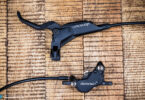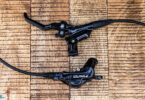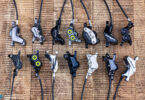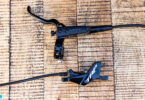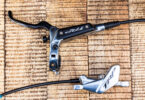Long-Term Test: Propain Twoface Review
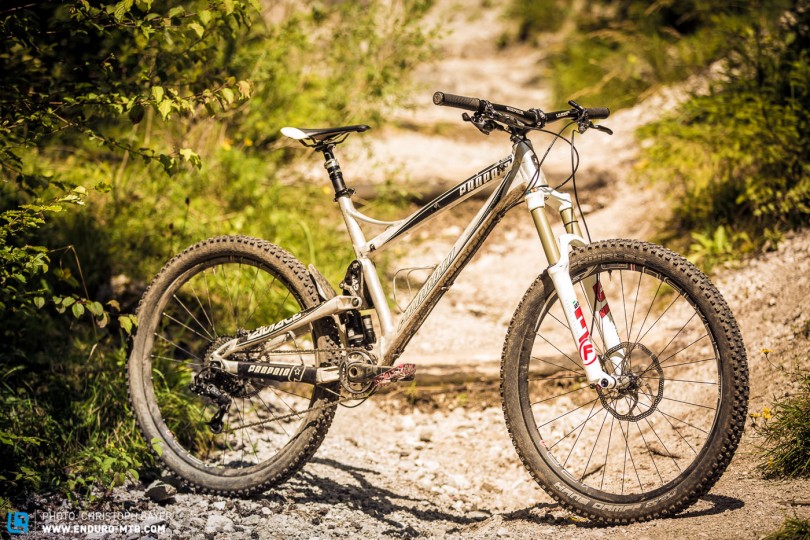
One thing is quite clear: The Propain Twoface probably has the worst fate of all in our ENDURO long-term test. Testrider Vinzenz works as a guide of an alpine crossing company and has crossed the alps with his bike for the seventh time so far. Whether there is sunshine, mud or snow, the propain is not treated softly. So far the bike has managed 70.000 m in altitude in only two months. A number, which is hard to complete in one season reach for an average biker. Time to take a deep breath and to look at how the Propian has done so far.
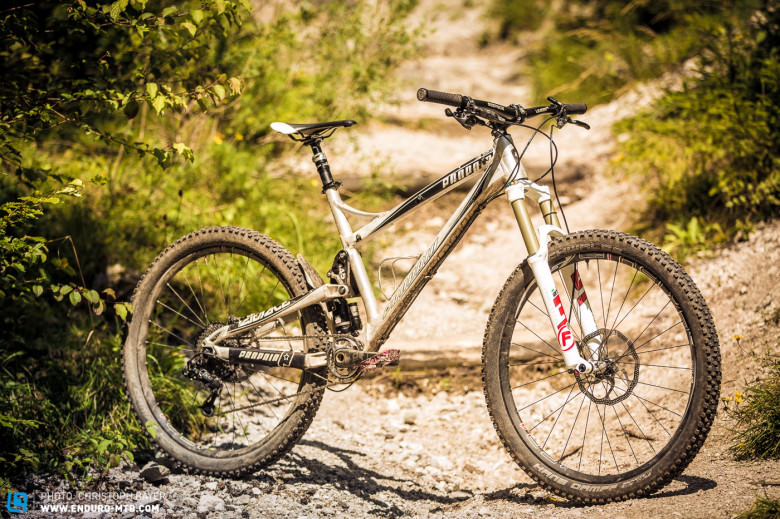
If one sits for hours on a seat, it needs to be comfortable and a good fit to personal requirements. So it’s no surprise that Vinzenz has changed a few things on his bike over the months. This doesn’t mean in any way that the bike wouldn’t work in a very good way out of the box. Only personal preferences count here.
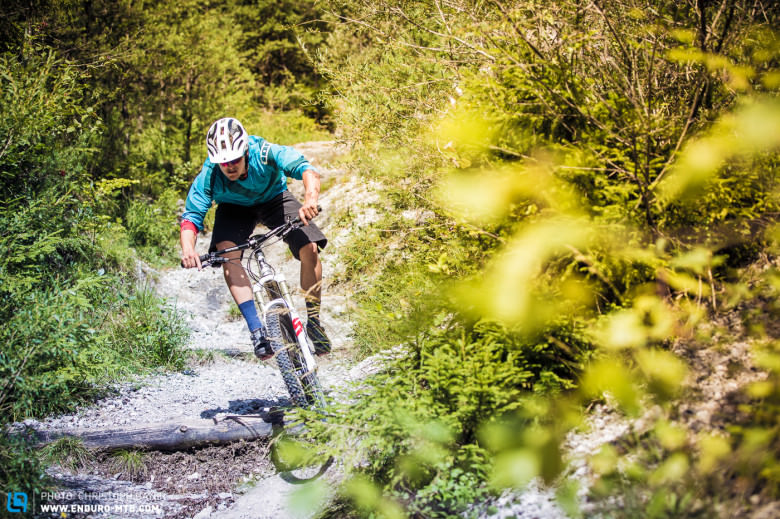
Vinzenz knew after the first ride, that the Twoface has plenty of all-round qualities. It was no problem to climb uphill with the bike easily and felt secure in the downhill.
He only had the feeling that the RockShox Revelation wasn’t able to keep up with the performance of the rear part. This is the reason that it was replaced by a Formula 35 with 150mm travel. Vinzenz received a RockShox Monarch Debon Air Rear Shock by Propain only for test purposes.
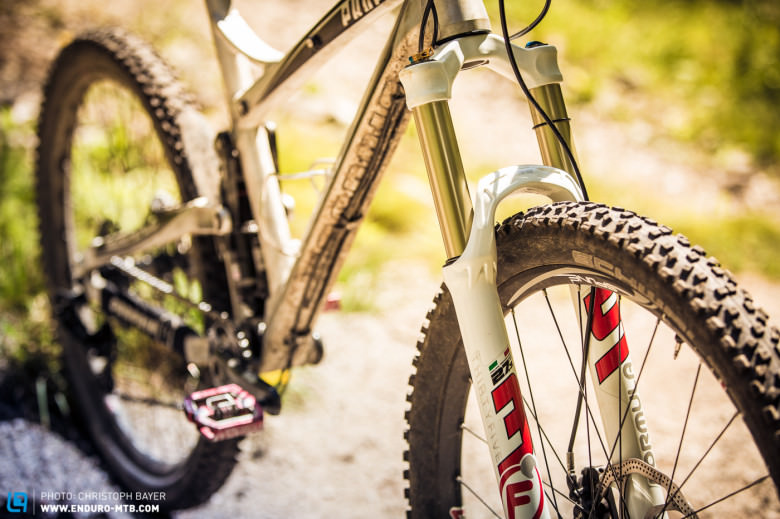
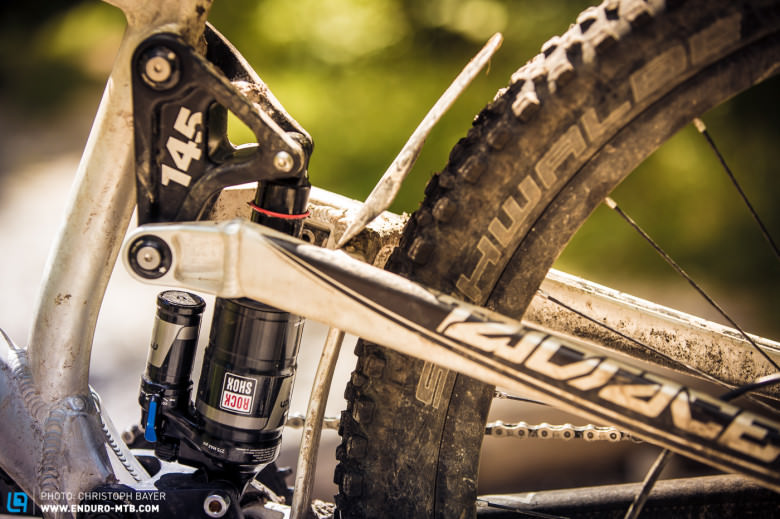
This is what Vinzenz says after changing his bike: “WOW the rear end is great! The first couple of meters of the trail are promissing.
One feels like on an Enduro bike with the help of the aggressive Geo in combination with the 150mm travel Formula 35.
Keeping the line is no problem for the italian, whatever is in the Rock Shox Monarch Debon Air’s way will be blasted away.”
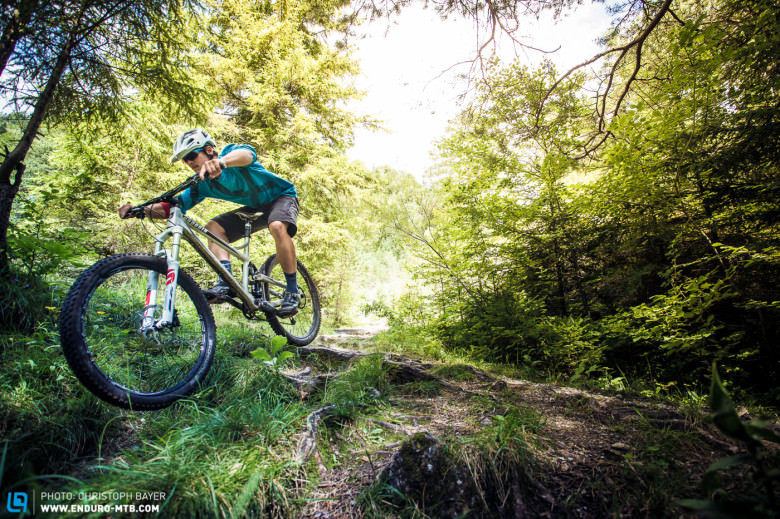
After all this tuning the question arises: Will the Twoface live up to its name and how will it cope uphill?
To keep it short: Still very good. The rear end still remains very drivetrain neutral and at the same time generates lots of traction on challenging ground. In order to keep the bike from bobing up and down it is recommend to activate the platform damping of the rear shock.
When it starts getting really steep you can feel the longer fork upgrade. The built-in 1×10 drivetrain is the limiting factor when it really turns steep and the rider is not as experienced as Vinzenz is.
But to be honest: Is it really necessary to ride uphill on a 30% slope all the time? In our opinion it can be nice just to enjoy the view occasionally.
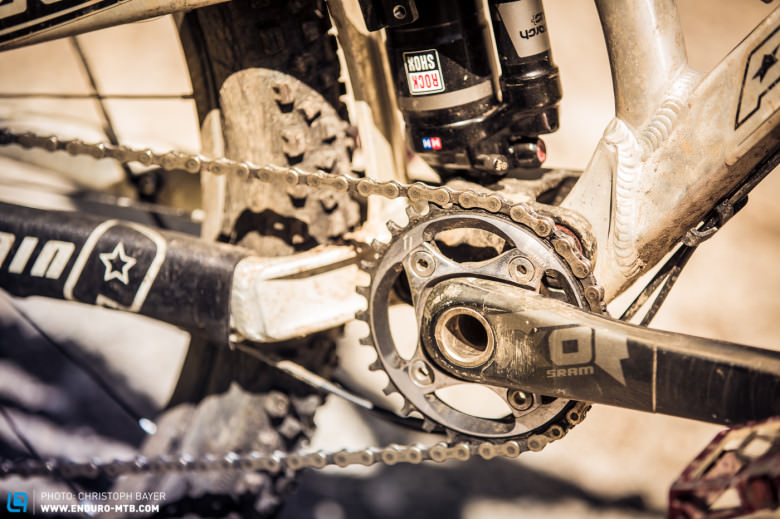
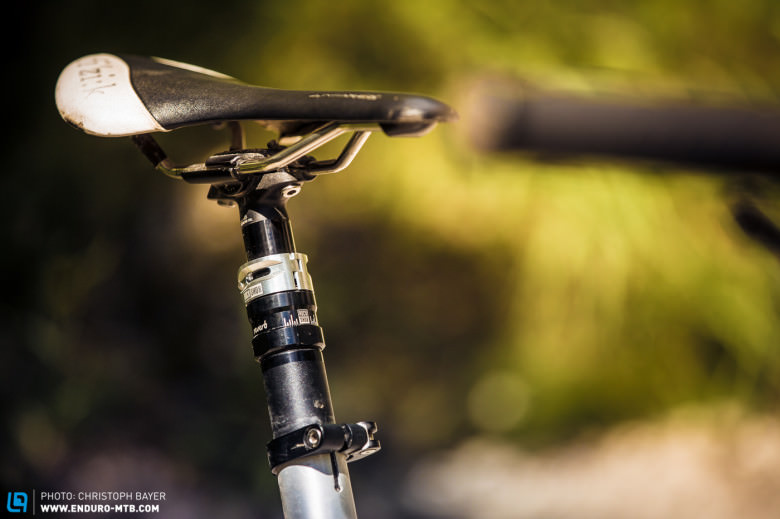
Under no circumstances did the tuning effect the handling of the bike.
Just as before it’s no problem for the Twoface to change direction. At the same time its handling is agile and precise. Following the chosen line is no problem. The higher front makes you sit in a position, that is lower back than usual. But still, there is enough pressure on the front wheel. One is well integrated with the bike and has everything always under control.
The rear shock upgrade makes the rear part even more sensitive. It stands percussions and sticks to the ground. Riding the bike, one has the feeling that there is more travel than just 145mm. The bike feels very secure, especially on challenging terrain.
Theres nothing to complain about attrition. Because there was quite a lot of brake lining, we replaced the shift cables and fatted the main bearing at the rear end.
The highlight was the omission of the frame’s varnish, because this is usually vulnerable for signs of usage. Even plenty of shuttle rides and falls were no problem.
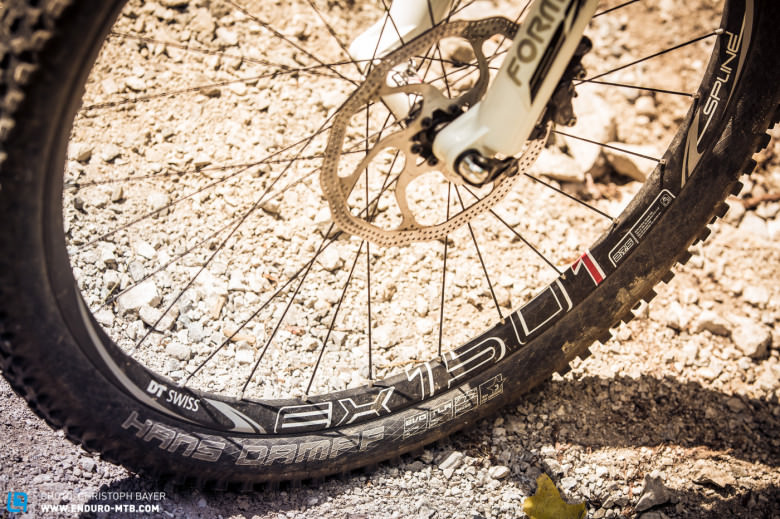
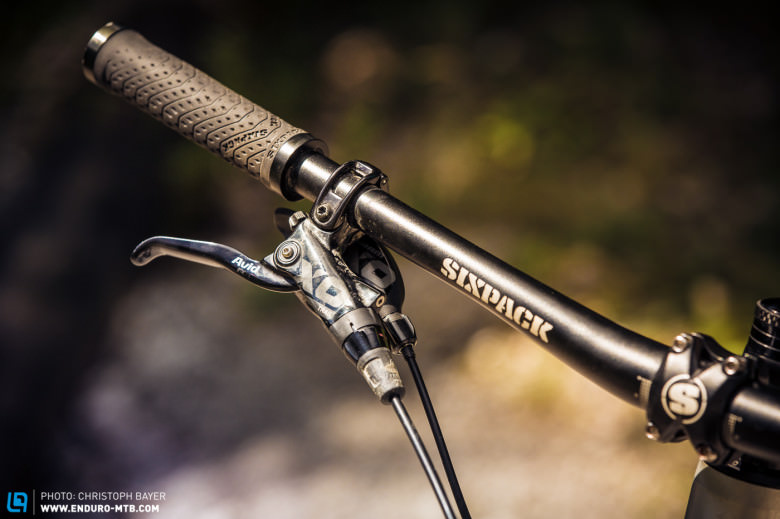
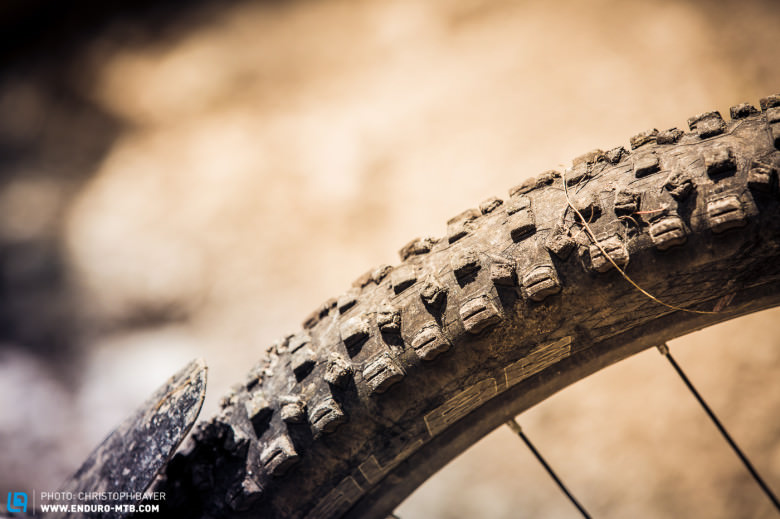
Conclusion:
There were no surprises even after 70.000 m in altitude. The handling is just as convincing as the quality of the workmanship and the equipment.
The tuning is based on personal taste and could be easily realised on the website before ordering the bike.
Propain has proven that long-lasting fun doesn’t have to be expensive. – Good Job Boys!
Here you can read about the first review of the Propain Twoface by Vinzenz, for regular updates you can visit our interaktive long-term test-Timeline.
For more information on Propain and their bikes, please click: www.propain-bikes.com
Text & Photos: Christoph Bayer
Did you enjoy this article? If so, we would be stoked if you decide to support us with a monthly contribution. By becoming a supporter of ENDURO, you will help secure a sustainable future for high-quality mountain bike journalism. Click here to learn more.



